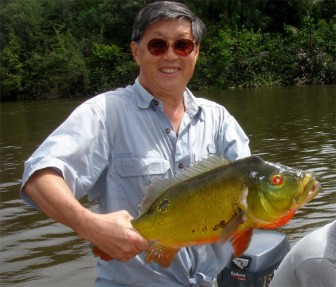
Peacock Bass
Peacock Bass (Cichla ocellaris), Butterfly Peacock Bass, Waterwolf, or Lukanani is actually a cichlid, not a member of the bass family.

Peacock Bass (Cichla ocellaris), Butterfly Peacock Bass, Waterwolf, or Lukanani is actually a cichlid, not a member of the bass family.
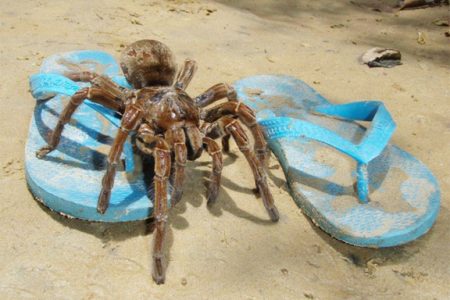
The Iwokrama Forest and Rupununi Wetlands are home to healthy populations of Guyana’s Giants.

Purpleheart (Peltogyne venosa) belongs to the family of Caesalpiniaceae. The species is found growing in sandy plains and terraces and it is distributed throughout Central and South America from Mexico down to southern Brazil; in other parts of the world it is referred to as Amaranth and Violetwood.
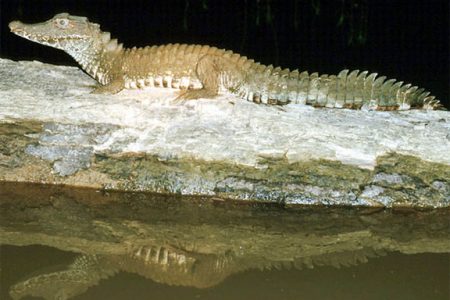
Four species of caiman exist in Guyana: the Black Caiman, Spectacled Caiman and two species of dwarf caiman.

Savannahs are grassland ecosystems that are characterised by small trees or trees that are widely spaced so as not create a closed canopy.

T he Wattled Jacana (Jacana jacana) is a common wetland bird that ranges from Panama and Trinidad and down into most of South America.

The Variegated Tinamou (Crypturellus variegates) species was first identified from a specimen collected in French Guiana and is the larger cousin to the Little Tinamou.

The Grey-winged Trumpeter (Psophia crepitans) is distributed north of the Amazon River, in Ecuador, Colombia, south Venezuela, north-east Brazil, north-eastern Peru and the Guianas.

The Giant Gladiator Frog (Hypsiboas boans) belongs to the family of tree frogs (Hylidae).
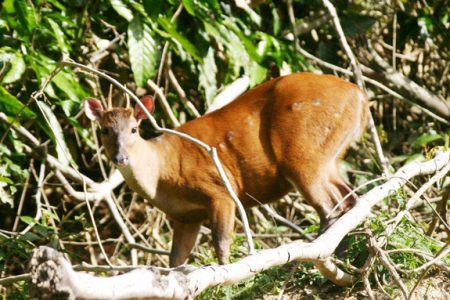
The Red Brocket Deer (Mazama Americana) is a species of brocket deer that can be found in the forests of South America ranging from northern Argentina to Colombia and the Guianas.

The Red-rumped Agouti (Dasyprocta leporine) is locally known as the Akuri in Guyana.

T he Suriname Toad (Pipa pipa) could be one of the strangest frogs you might see in the rainforest; in fact it’s not a toad but an aquatic dwelling frog.
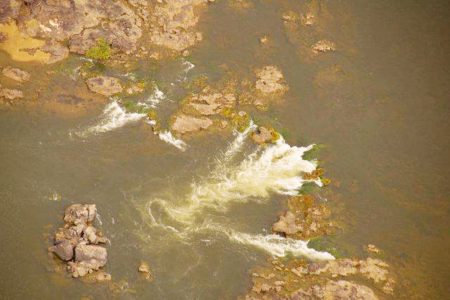
Wetlands are areas that hold water, either seasonally or permanently; they have been titled the kidneys of the landscape and biological supermarket because of the functions they perform in the hydrological and chemical cycles and the extensive food web and rich biodiversity they support.

The Cattleya Orchid (Cattleya spp.) occurs naturally throughout Central and South America and belongs to the largest plant family in the world, Orchidaceae.

“Red on black is a friend of Jack, red on yellow kills a fellow”!
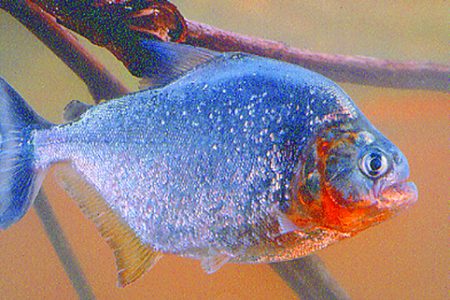
Piranhas belong to the family Characidae and are related to herbivorous species like the Pacu.

It’s 4 am in the rainforest and you are awakened by the sound of loud eerie roaring; if you are new to the environment it can be a disconcerting sound.
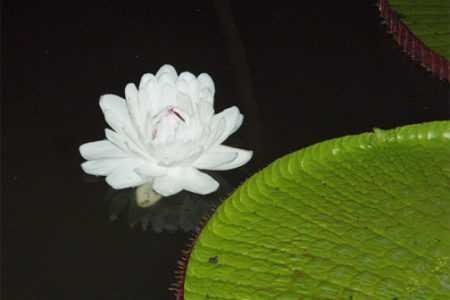
The Giant Water Lily (Victoria amazonica) is a flowering plant and the largest of the Nymphaeaceae family of water lilies in the world.

Ite (Mauritiaflexuosa) also known as Morichi, belongs to the plant family which includes all palms (Arecaceae).
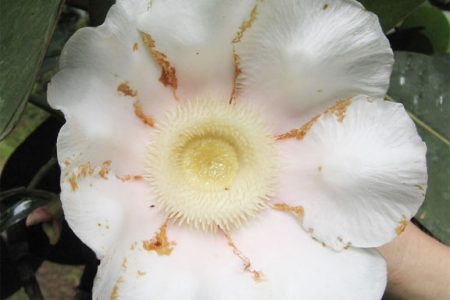
Kufa (Clusiaspp) is a plant which is widely distributed in the tropical rainforests of Guyana and belongs to the family of plants known as Clusiaceae.
The ePaper edition, on the Web & in stores for Android, iPhone & iPad.
Included free with your web subscription. Learn more.